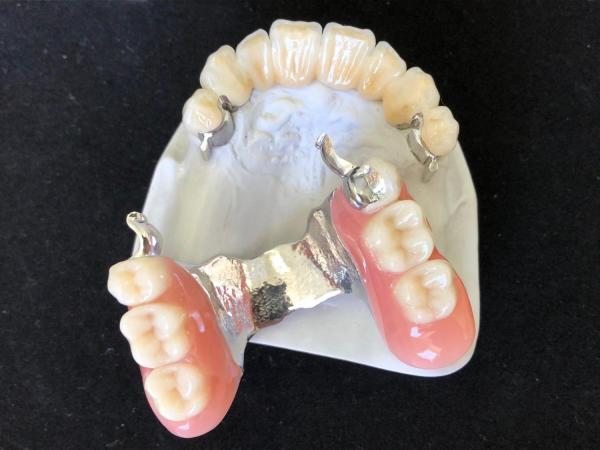
Single Sitting Implant Restoration
Home-> services-> single-sitting-implant-restoration

Single Sitting Implant Restoration
Single sitting implant restoration, also known as immediate implant placement and restoration, is a dental procedure that involves the placement of a dental implant and the attachment of a temporary crown or restoration in a single dental visit. Traditionally, the process of getting a dental implant involves a multi-step approach, with a healing period between implant placement and the placement of the final restoration. However, in certain cases, immediate implant placement and restoration can be performed.
Here's an overview of the single sitting implant restoration process:
-
Evaluation and Planning:
- Before the procedure, a comprehensive dental examination is conducted to assess your oral health, including the condition of the tooth being replaced and the surrounding bone and tissues.
- X-rays or other imaging techniques may be used to evaluate the area and determine the feasibility of immediate implant placement and restoration.
-
Tooth Extraction (if necessary):
- If the tooth being replaced is still present, it may need to be extracted before the implant can be placed. The extraction is typically performed in the same dental visit as the implant placement.
-
Implant Placement:
- The dental implant, which is a titanium post that serves as an artificial tooth root, is surgically placed into the jawbone. The implant is positioned in a way that provides stability and support for the future restoration.
- Depending on the individual case and the implant system used, the implant may be inserted into a fresh extraction socket or into a previously healed site.
-
Temporary Restoration:
- After the implant is placed, a temporary crown, bridge, or denture is attached to the implant. This temporary restoration serves both functional and aesthetic purposes during the healing period.
- The temporary restoration allows you to maintain normal oral function while the implant integrates with the surrounding bone.
-
Healing and Osseointegration:
- Following the single sitting implant restoration, a healing period of several weeks to a few months is needed to allow osseointegration to occur. Osseointegration refers to the process in which the implant fuses with the surrounding bone, providing a stable foundation for the final restoration.
- During this healing period, you will need to follow post-operative instructions provided by your dentist to ensure proper healing and minimize complications.
-
Final Restoration:
- Once the implant has fully integrated with the bone, the temporary restoration is replaced with a permanent crown, bridge, or denture. The final restoration is custom-made to match your natural teeth in color, shape, and function.
It's important to note that not all cases are suitable for immediate implant placement and restoration. Factors such as the quality and quantity of bone, the presence of infection or gum disease, and individual patient considerations need to be evaluated to determine if this approach is appropriate.
If you're interested in single sitting implant restoration, it's recommended to consult with a dental professional who specializes in implant dentistry. They will assess your specific situation, discuss the potential risks and benefits, and determine the most suitable treatment plan for you.















